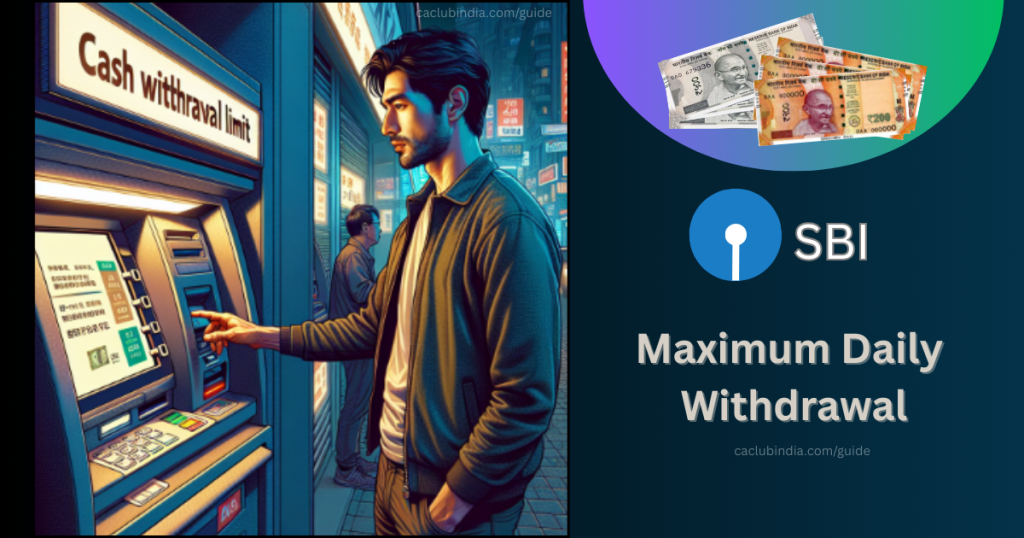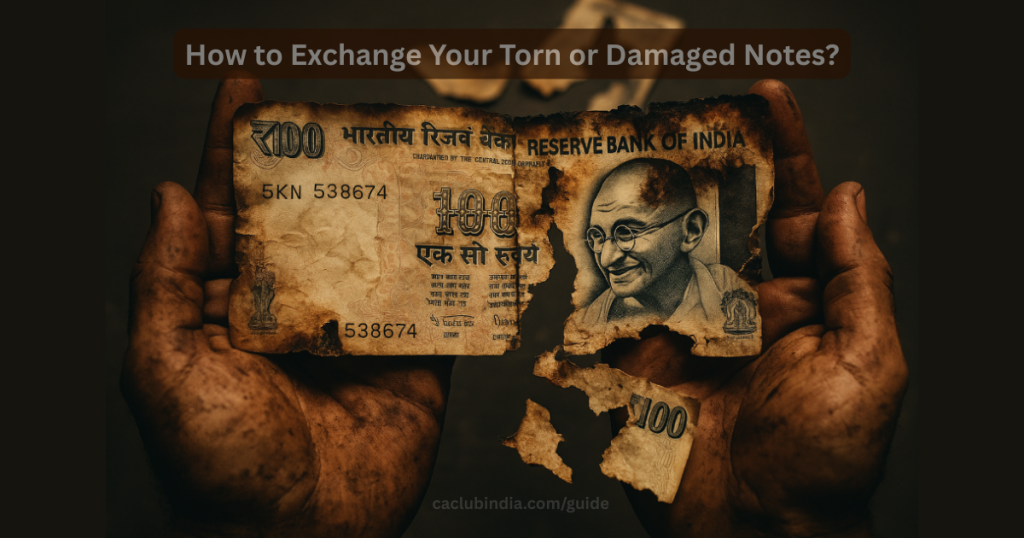Use Interface Payments (UPI) is the most famous method of payment in the new digital India. The volume of transactions using the UPI method in the month of March 2025 was 18,301.51 MN and the value INR 24,77,221.61 Crs. UPI allows real time instant transfer of money just by mobile phones. UPI transaction limit per day is set at Rs 1 lakh, according to the NPCI, the RBI-regulated entity that built UPI. However, the maximum limit can change from bank to bank.

Categories of UPI Payment
General UPI Transactions
- Daily Limit: ₹1 lakh per day
- Per Transaction Limit (UPI 123Pay): ₹10,000
- Transaction Count Limit: Maximum 20 transactions per day
Transactions up-to INR 5 Lakhs
- Tax Payments
- Payments to Educational Institutions & Hospitals
- IPO Applications
- Payments to RBI’s Retail Direct Schemes
UPI limits for Specific Sector
Capital Markets, Foreign Remittances, and Insurance – ₹2 lakh daily limit
Education & Healthcare (Verified Merchants) – ₹5 lakh daily limit
Bank specific UPI limits
UPI transfer limits vary between banks. While most banks offer limits between ₹25,000 to ₹1 lakh per day, some may impose weekly or monthly caps instead of daily limits.
Daily Limit Of UPI
The UPI transaction limit per day has been defined by each bank in the UPI network and varies from bank to bank.
Weekly Limit of UPI
Some banks have also defined how much amount can be transferred through UPI in a week.
Monthly Limit
Limited public sector banks and recognised private banks have imposed a UPI transaction limit per month.
Below are the limit of UPI for some famous Banks
| Name of the Bank | UPI Transaction Limit(INR) | UPI Daily Limit(INR) |
| Axis Bank | 1,00,000 | 1,00,000 |
| Bank Of Baroda | 25,000 | Not Set |
| Bank Of India | 10,000 | 1,00,000 |
| Canara Bank | 1,00,000 | 1,00,000 |
| Central Bank of India | 1,00,000 | 1,00,000 |
| DCB | 5,000 | 5,000 |
| Federal Bank | 1,00,000 | 1,00,000 |
| HDFC | 1,00,000 5,000 for new customers | 1,00,000 |
| ICICI | 10,000 25,000 for Google Pay Users | 10,000 25,000 for Google Pay Users |
| Indian Bank | 1,00,000 | 1,00,000 |
| J& K Grameen Bank | 20,000 | 20,000 |
| Karnataka Bank | 1,00,000 | 2,00,000 |
| Punjab National Bank | 25,000 | 50,000 |
| South Indian Bank | 1,00,000 | 1,00,000 |
| State Bank of India | 1,00,000 | 1,00,000 |
| Union Bank | 1,00,000 | 2,00,000 |
| Yes bank | 1,00,000 | 1,00,000 |
UPI LITe
National Payments Corporation of India has introduced new limits for UPI LITE in line with the RBI’s announcement last year.
UPI LITE is a facility that allows users to carry out PIN-less transactions under 1,000 and balance limit of ₹5,000 at any point of time. This was introduced as part of the framework issued by RBI for small value payments in offline mode.
‘Introduction of Auto Top-up on UPI Lite, in this the UPI User will have the option to set auto top up for limit replenishment as per NPCI circular. Currently the transaction limit is ₹500 which is being raised to ₹1,000. Total limit at any point in time has been raised from ₹2,000 to ₹5,000.
Sending money via UPI Lite is quite simple. The user has to just open the UPI Lite app, and opt to pay and can enter desired amount without using any UPI PIN for the transactions below Rs 5000.
Inter Change Fees
The interchange fee, typically up to 1.1%, is paid by the merchant for UPI transactions over ₹2,000 made through Prepaid Payment Instruments (PPIs). This fee is collected by the payer’s bank from the merchant’s account to cover transaction processing costs.
Merchants are subject to interchange fees on UPI payments made through Prepaid Payment Instruments (PPI) like digital wallets (e.g., Amazon Pay, PhonePe, Paytm). These fees apply to transactions exceeding ₹2,000 and vary based on the type of transaction:
- Fuel: 0.5%
- Post office, telecom, utilities, agriculture, education: 0.7%
- Supermarkets: 0.9%
- Insurance, mutual funds, railways: 1.1%
Merchants must bear these interchange charges when customers use PPIs to make payments. However, small merchants are exempt, and medium-sized merchants only pay these fees for transactions over ₹2,000.
For high-value transactions, merchants can either absorb these fees or pass them on to customers, depending on their cost management strategy.
Additionally, the NPCI has introduced a wallet-loading service charge of 0.15% for PPI issuers when wallet recharges exceed ₹2,000. This fee is borne by the issuer (e.g., Amazon or Paytm) and not by the customer.
Important Update on NPCI’s UPI Transaction ID
From 1st February 2025, UPI apps must generate transaction IDs only using alphanumeric characters (letters & numbers). Special characters such as @, #, $ etc. will not be allowed in transaction IDs.
Impact on UPI Transactions
- If any UPI transaction made with a special character in the transaction ID after the 1st Feb 2025, then transactions will be automatically declined.
- Users of such apps will not be able to make UPI payments.
Compliance Requirement for UPI Apps
- Payment apps must update their systems to ensure compliance.
- NPCI is strictly enforcing this rule for standardization and security.
Click here to know about Senior Citizen Savings Scheme.
FAQs
The daily transaction limit for Google Pay in India is INR 1,00,000.
You can perform a maximum of 20 transactions in 24 hours on GPay.
No, you cannot increase the daily transaction limit as it is set by the National Payments Corporation of India (NPCI).

